Home>Ideas and Tips>The Forbidden Knowledge Of Lead Paint Removal
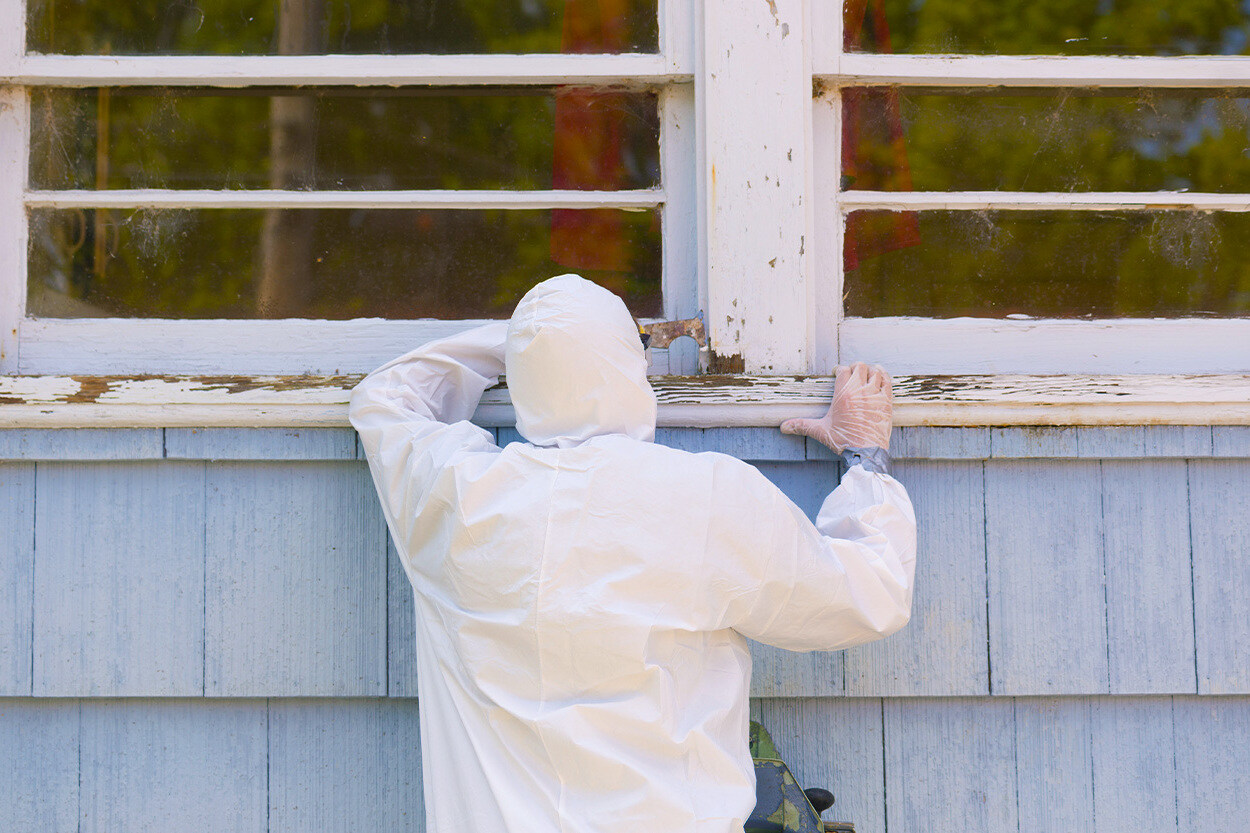

Ideas and Tips
The Forbidden Knowledge Of Lead Paint Removal
Published: October 20, 2024
Discover the hidden dangers of lead paint and learn safe removal techniques to protect your home and health. Essential tips for proper lead paint remediation.
(Many of the links in this article redirect to a specific reviewed product. Your purchase of these products through affiliate links helps to generate commission for Storables.com, at no extra cost. Learn more)
Lead paint, once a ubiquitous and highly sought-after material for its durability and aesthetic appeal, has become a significant public health concern. The use of lead-based paints was widespread until the late 1970s, when their toxic nature became increasingly evident. Despite the ban on residential use in 1978, lead paint remains a hazard in many homes and buildings, particularly those constructed before this date. This article delves into the complexities of lead paint removal, highlighting the risks associated with improper removal methods and the importance of proper remediation techniques.
The History of Lead Paint
Lead paint was first introduced in the late 19th century and quickly gained popularity due to its durability and ability to provide a smooth, glossy finish. It was widely used in residential and commercial settings until the mid-20th century, when its toxic effects began to surface. The first recorded cases of lead poisoning date back to the late 1800s, but it wasn't until the 1920s that concerns about lead paint's safety began to mount.
Read more: The Forbidden Knowledge Of Asbestos Removal
The Dangers of Lead Paint
Lead is a potent neurotoxin that can cause severe health problems, particularly in children. Exposure to lead can lead to neurological damage, reduced IQ, learning disabilities, and behavioral problems. Adults exposed to lead may experience high blood pressure, joint and muscle pain, pregnancy complications, and other chronic health issues.
Myth-Busting: Common Misconceptions About Lead Paint
Several myths surround lead paint, often perpetuated by a lack of understanding about its dangers. Let's address some of these misconceptions:
Myth #1: Only Residential Paint is a Problem
Lead paint is not limited to residential applications. It is also used in industrial settings such as roads, highways, steel structures, industrial buildings, automobiles, and farm equipment. When these paints deteriorate or are removed during maintenance, they can release lead dust into the environment, posing a significant risk to both children and adults.
Myth #2: There are Regulations Banning the Use of Lead Paint
While many countries have restricted or banned the use of lead paint for residential purposes, it is still legal in some industrial applications. In the United States, for example, "industrial" lead paints are still permitted for certain uses.
Myth #3: Only Children Eat Paint Chips
While it is true that some children ingest paint chips, most exposures result from lead in settled dust within homes with lead paint. Even intact lead paint can contribute to higher levels of lead in household dust and soil.
Myth #4: Most Lead Poisoning Comes From Contaminated Water or Other Sources
Although lead paint has been restricted from residential use since 1978, it remains the most common cause of lead poisoning among children in the United States. Lead paint contaminates household dust and soil through normal aging processes like friction and weathering.
Myth #5: There Are No Substitutes for Lead in Paint
There are indeed substitutes available for all uses of lead compounds in paints, making their continued use unnecessary. Many countries have successfully transitioned to safer alternatives without compromising public safety.
The Risks of Improper Removal Methods
Removing lead paint is a complex process that requires specialized techniques to avoid contaminating the environment and exposing workers to dangerous levels of lead. Improper removal methods can release lead dust into the air, exposing both workers and building occupants to serious health risks.
Sanding, Scraping, and Power Sanding
Sanding, scraping, or power sanding lead paint can release significant amounts of lead dust into the air. These methods are particularly hazardous because they create fine particles that can be easily inhaled.
Torching
Using torches to remove lead paint is also highly dangerous. The heat generated by torches can cause the paint to vaporize, releasing toxic fumes that contain lead particles. This method is strictly forbidden in lead abatement procedures.
Machine Sanding Without HEPA
Machine sanding without a HEPA (High Efficiency Particulate Air) filtered vacuum attachment is another method that should be avoided. HEPA filters are designed to capture 99.97% of particles as small as 0.3 microns, significantly reducing the amount of lead dust released into the environment.
Safe Removal Methods
Given the risks associated with improper removal methods, it is crucial to employ safe and effective techniques when dealing with lead paint:
Encapsulation
Encapsulation involves applying a paint-like coating to the lead surface to create a watertight bond that seals the lead. This method is relatively low-cost and simple but not the most permanent solution, as normal wear and tear can eventually weaken the coating.
Enclosure
Enclosure involves covering the lead surface with drywall, aluminum, or vinyl cladding. This method is considered relatively cheaper but less reliable than encapsulation.
Removal
The removal method involves using specialized techniques such as wire brushing or wet hand scraping with liquid paint removers. Contractors may use electric sanders equipped with HEPA filtered vacuums or heat guns. Burning, torching, and machine sanding without a HEPA attachment are strictly forbidden.
Replacement
The most expensive option is replacement, where the entirety of whatever the lead paint is covering is completely removed and disposed of. This method ensures permanent removal but comes at a higher cost.
Read more: The Forbidden Fruit Of Edible Landscaping
Legal Requirements and Disclosure
Federal law mandates the disclosure of known lead-based paint hazards in homes built before 1978 when selling or leasing. Homeowners are required to provide potential buyers with information about any lead-based paint present in the property.
Testing for Lead Paint
If you suspect lead-based paint in your home, it is essential to have it professionally tested by certified inspectors or risk assessors. Do-it-yourself test kits are available but may not be as accurate.
Case Studies: The Importance of Proper Remediation
Several case studies highlight the importance of proper remediation techniques:
The Kennedy Krieger Lead Paint Study
The Kennedy Krieger Institute conducted a study in Baltimore to determine the effectiveness of low-cost lead abatement procedures in reducing blood lead levels in children living in public housing. The study showed that low-cost partial lead abatement procedures could reduce ambient lead paint dust by 80% or more, leading to lower blood levels in children.
Real-Life Consequences: The Story of LeadSafeMama
The story of LeadSafeMama, whose children were poisoned by a contractor who used improper methods when removing lead paint on the outside of their house, serves as a stark reminder of the dangers associated with improper removal techniques. The children suffered permanent brain damage due to exposure to lead dust.
Conclusion
Lead paint removal is a complex process that requires careful consideration and specialized techniques to avoid exposing workers and building occupants to dangerous levels of lead. While encapsulation and enclosure methods offer relatively low-cost solutions, removal and replacement methods provide more permanent solutions albeit at higher costs. It is crucial for homeowners and contractors alike to understand the risks associated with improper removal methods and adhere strictly to safe and effective remediation techniques.
In summary, while lead paint may seem like a relic of the past, its dangers persist in many homes and buildings constructed before 1978. By understanding these risks and employing proper remediation techniques, we can mitigate the hazards associated with lead paint and ensure safer living environments for all.
Read more: The Forbidden Frontier Of Foundation Repair
Additional Resources
For those looking to address lead paint hazards in their homes or buildings, several resources are available:
- EPA Lead-Based Paint Abatement Program: The U.S. Environmental Protection Agency (EPA) offers comprehensive guidelines on lead-based paint abatement, including certification requirements for individuals and firms conducting these activities.
- Ledizolv: Ledizolv provides products designed to effectively clean up lead paint dust without causing further contamination.
- LeadSafeMama: LeadSafeMama offers valuable insights into lead paint hazards and safe remediation techniques based on personal experience.
By leveraging these resources and adhering strictly to safe removal methods, we can ensure that our homes remain safe from the dangers of lead paint.
Was this page helpful?
At Storables.com, we guarantee accurate and reliable information. Our content, validated by Expert Board Contributors, is crafted following stringent Editorial Policies. We're committed to providing you with well-researched, expert-backed insights for all your informational needs.

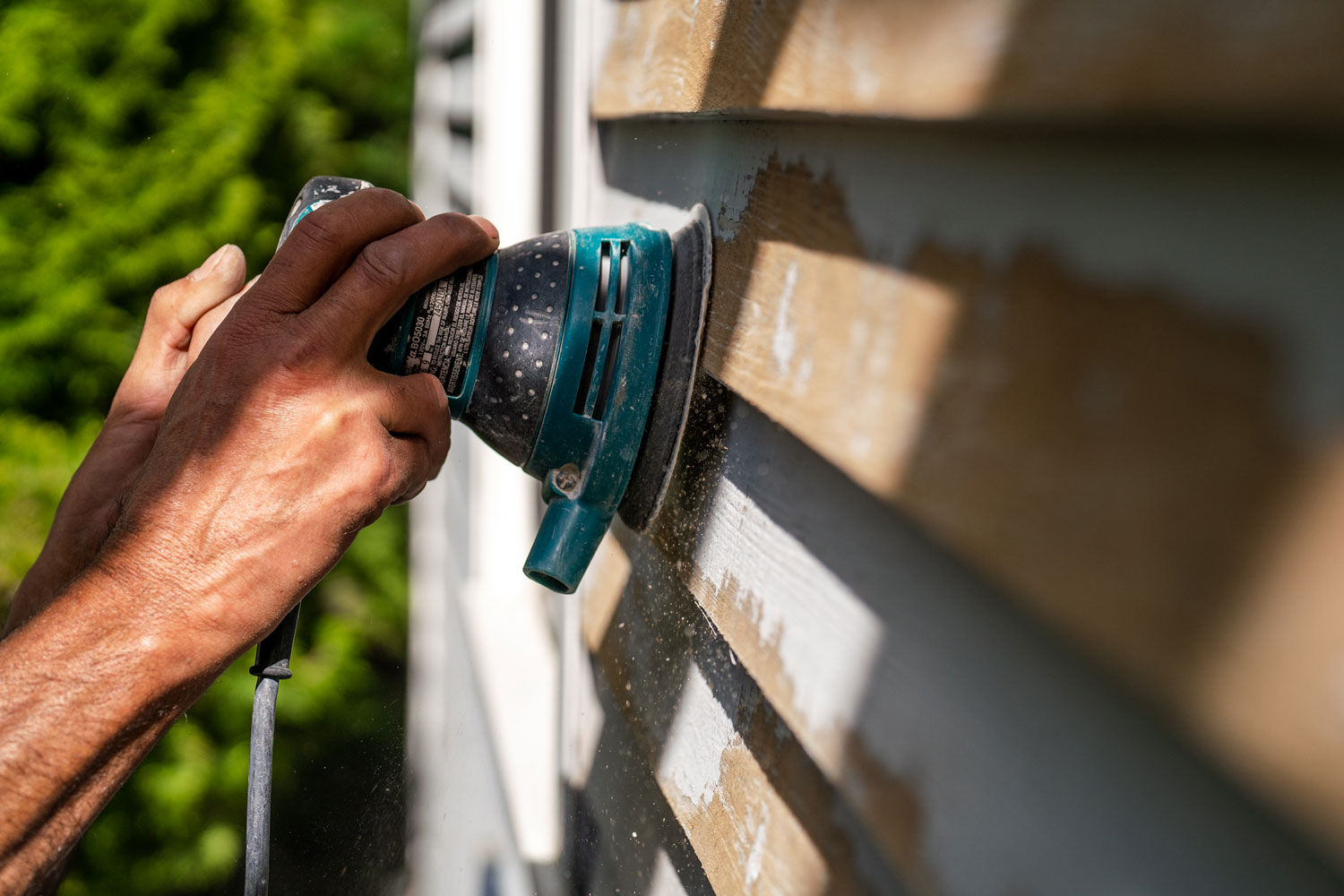


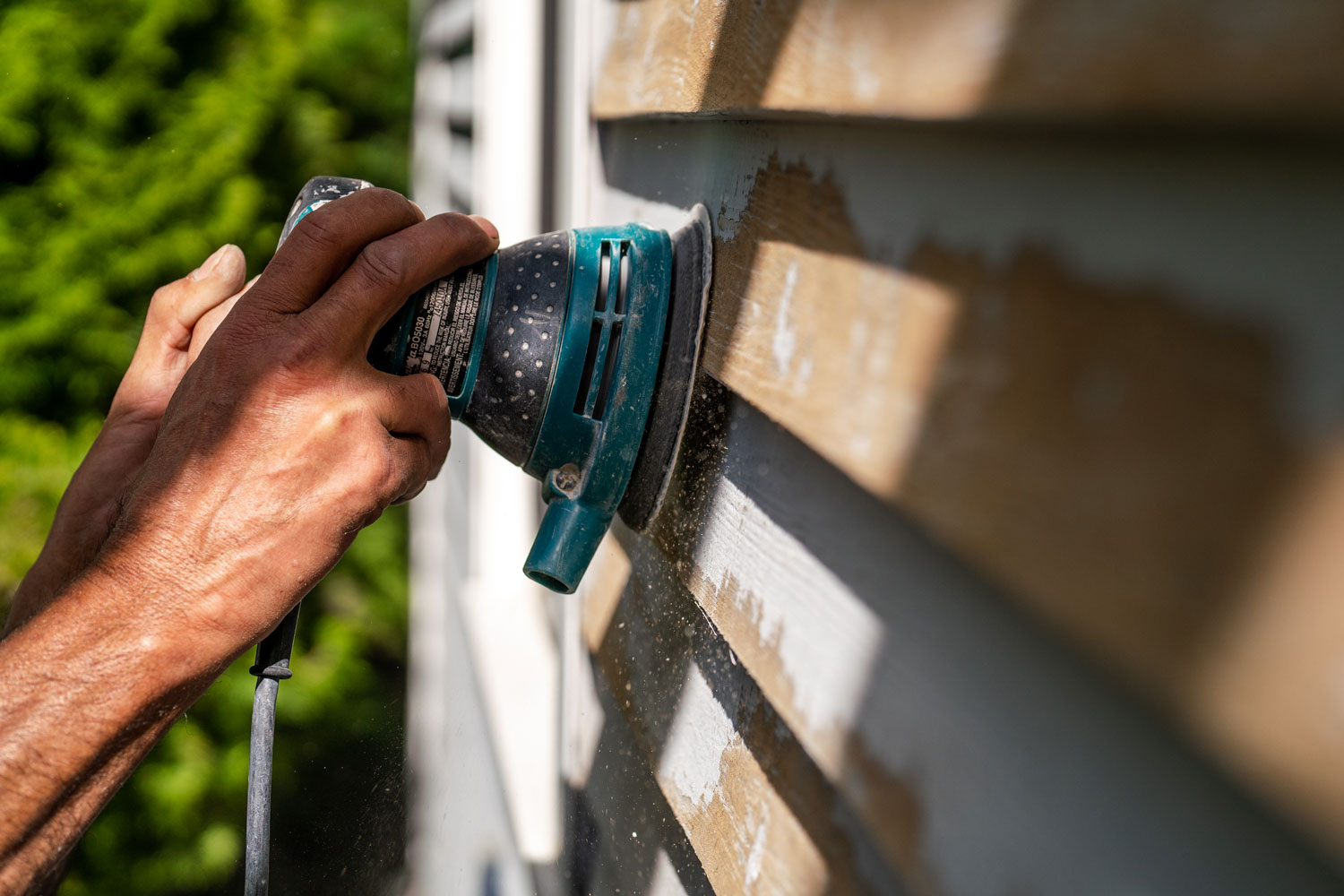
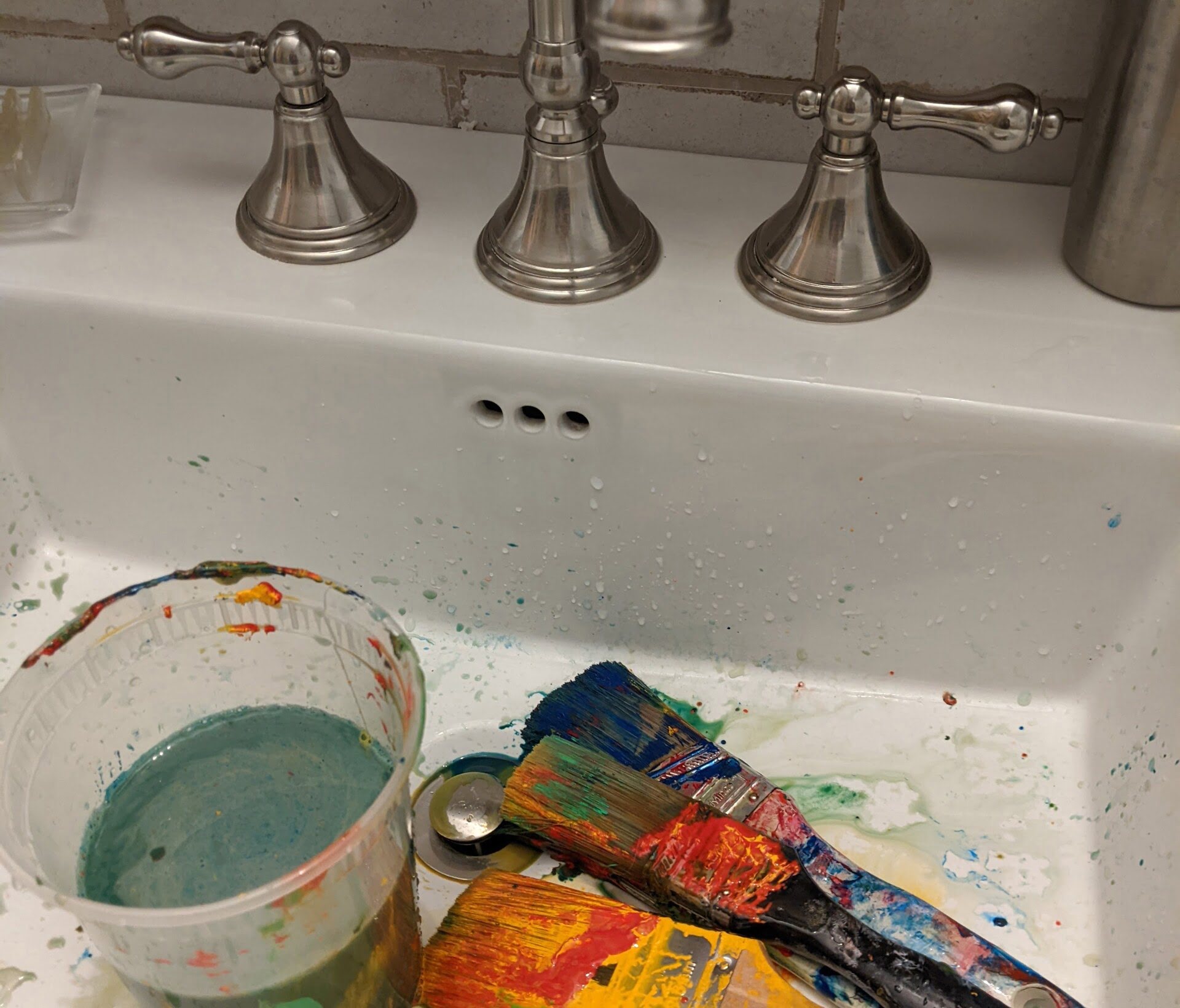
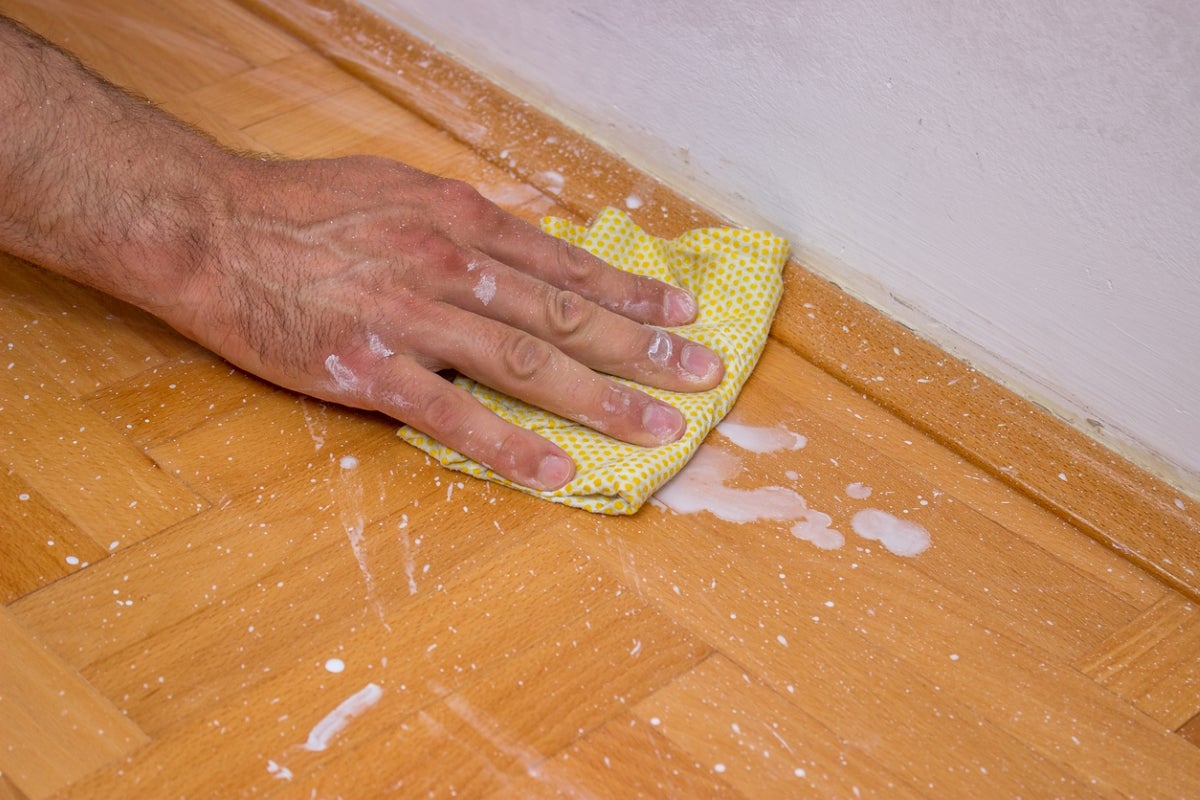
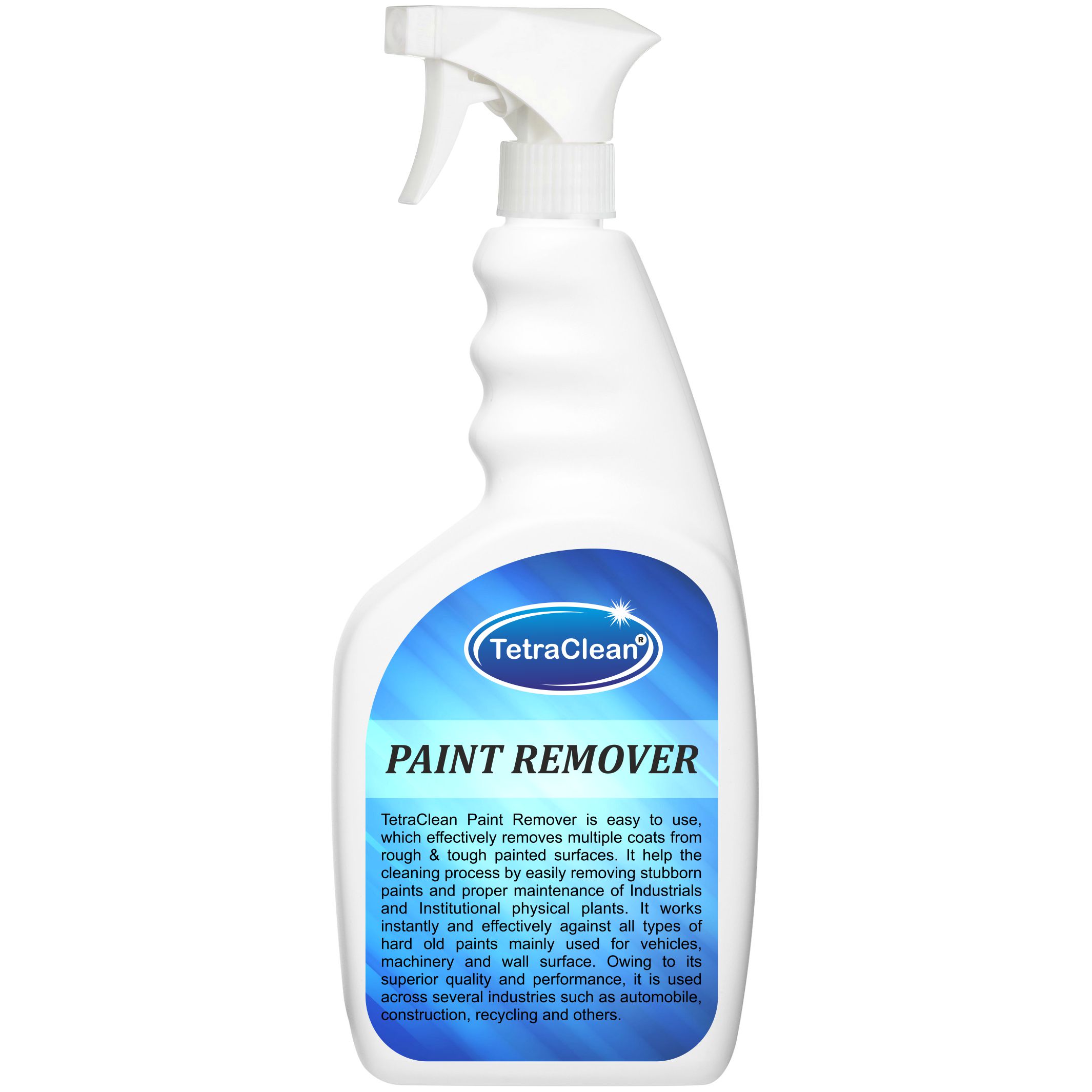
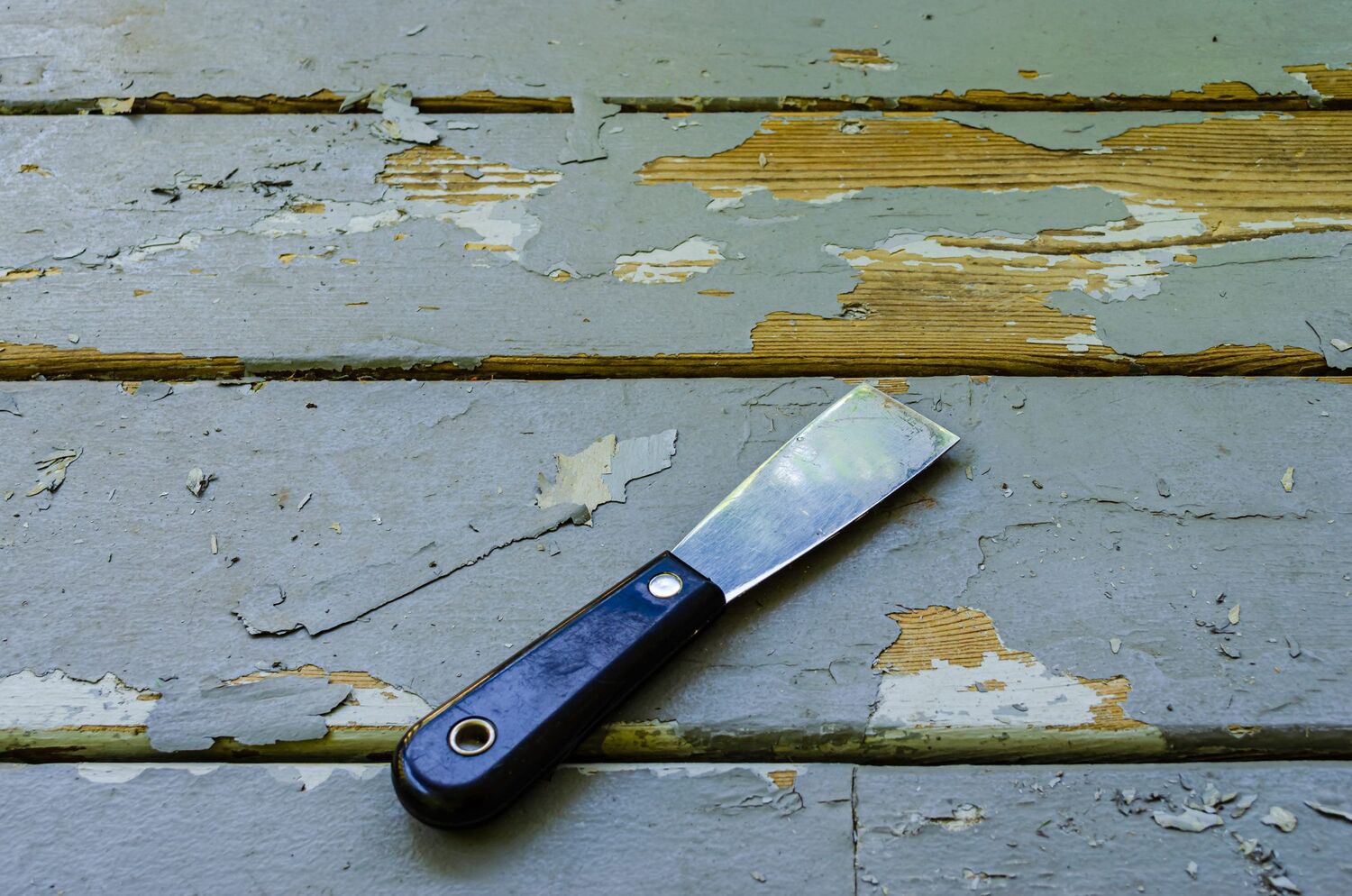
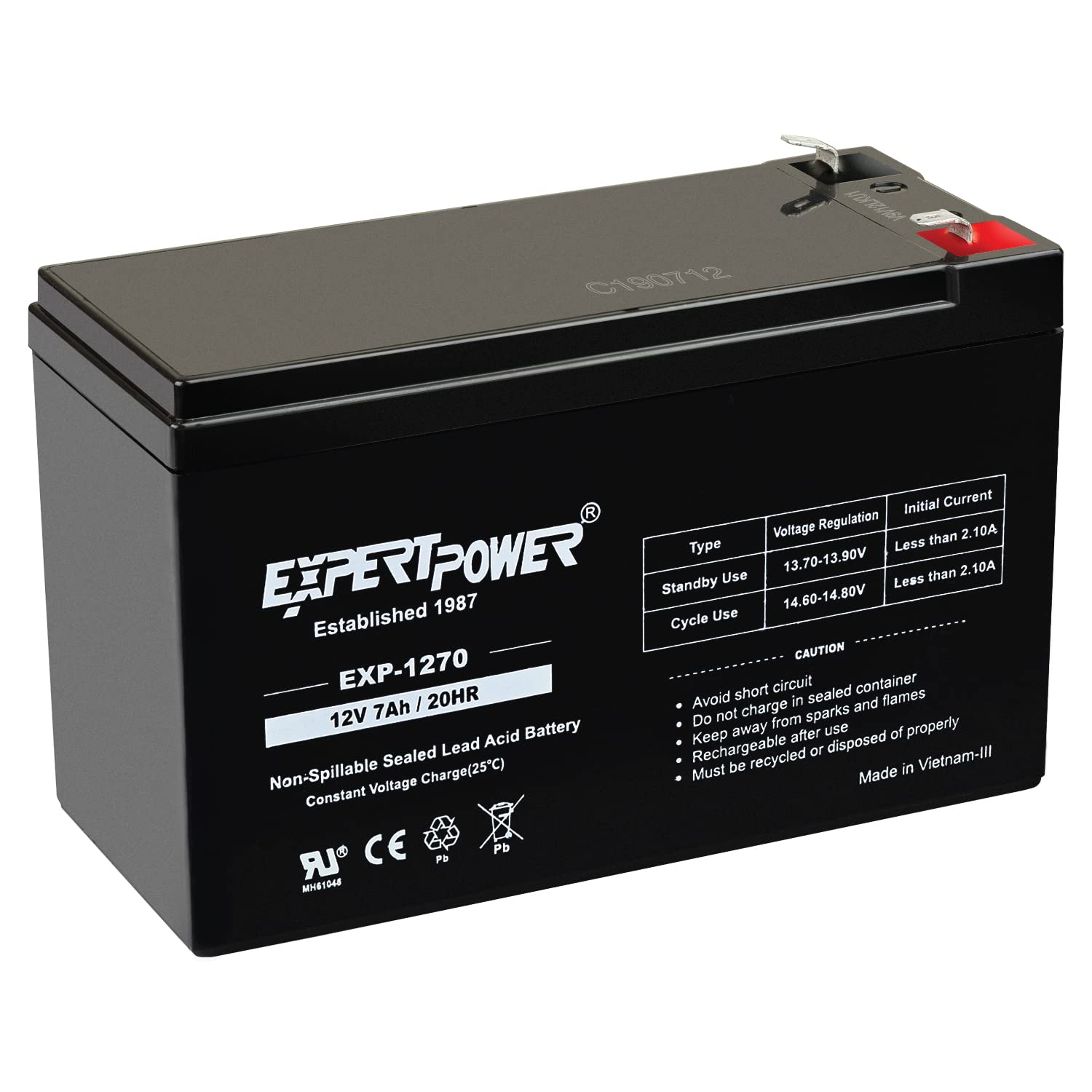

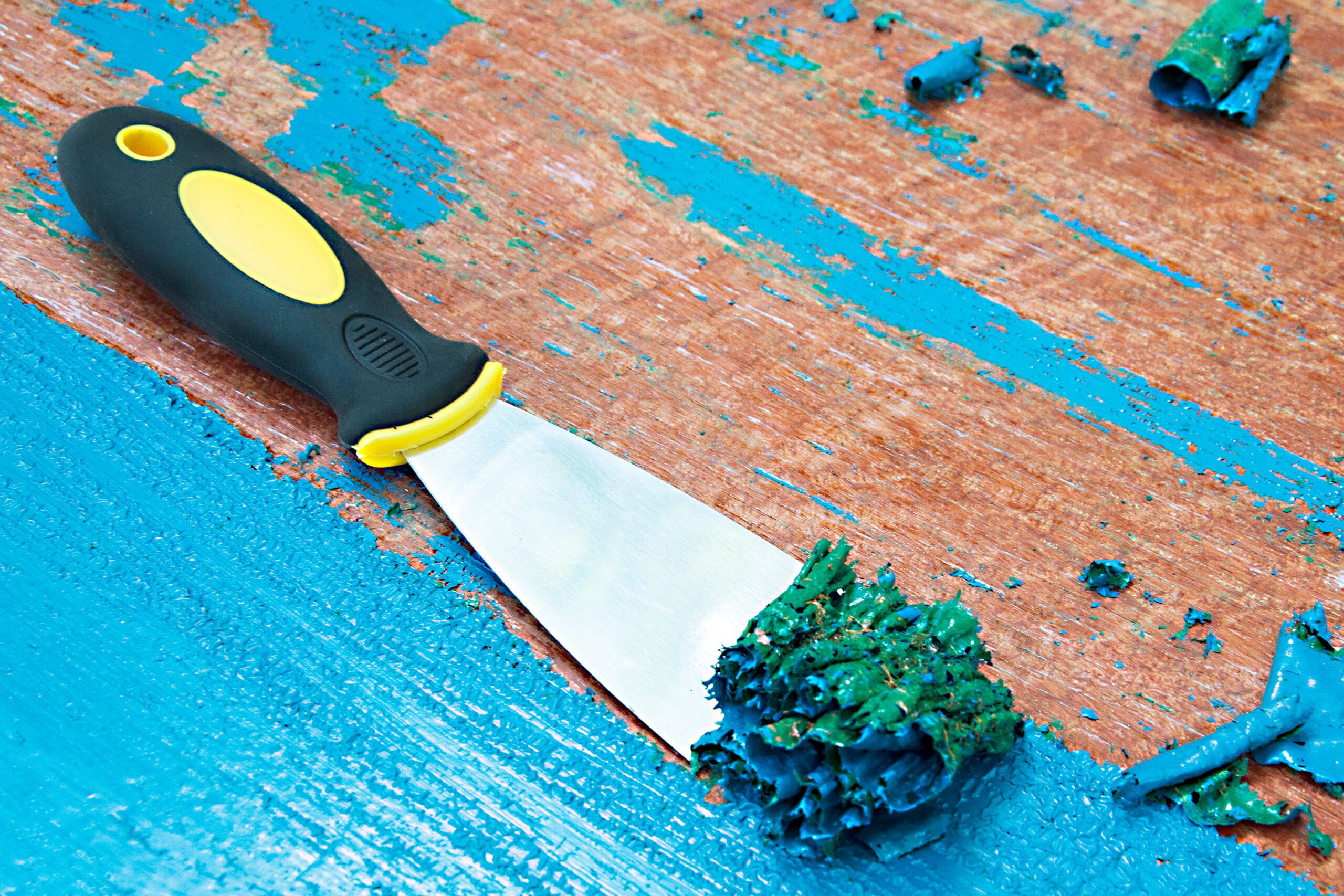


0 thoughts on “The Forbidden Knowledge Of Lead Paint Removal”